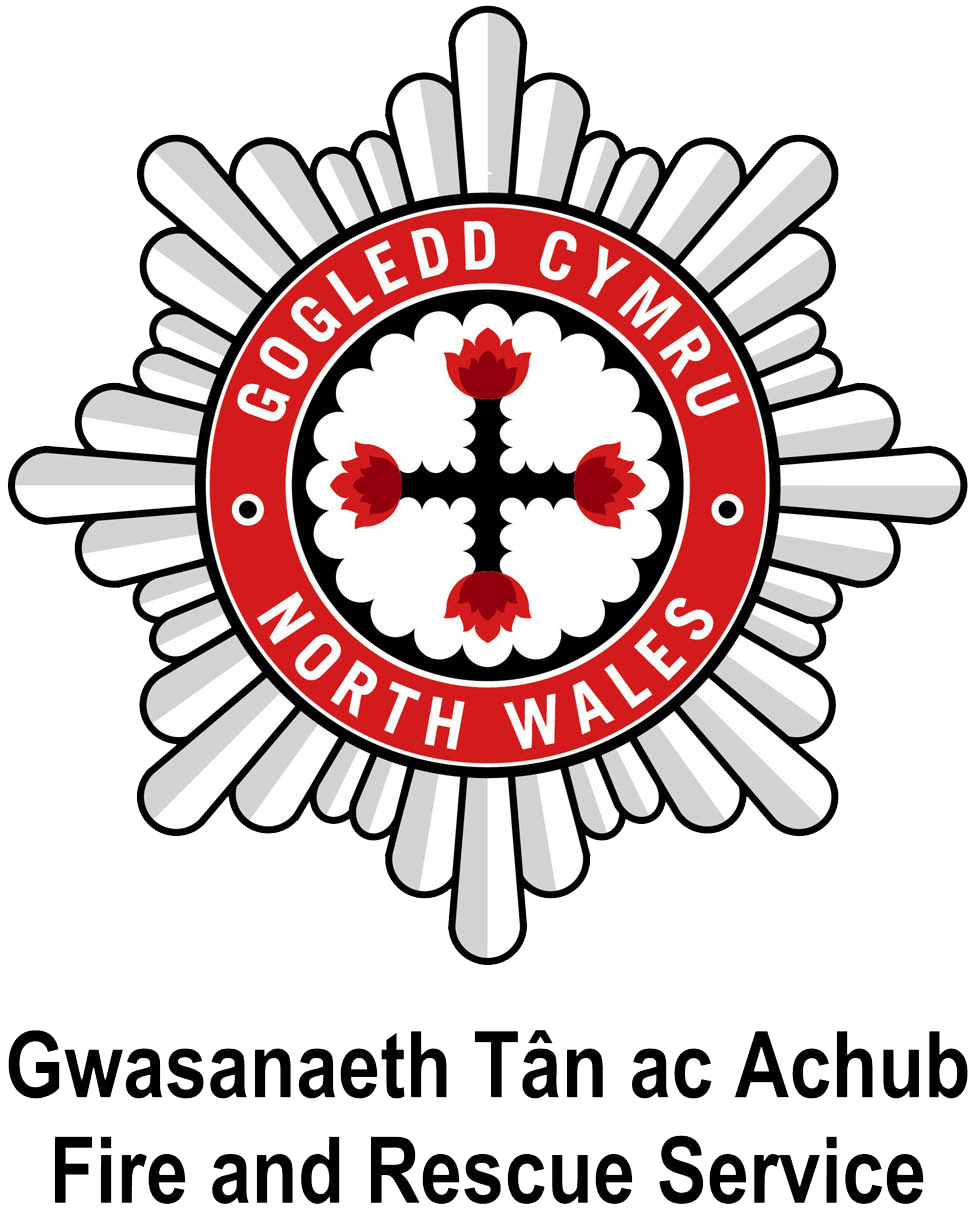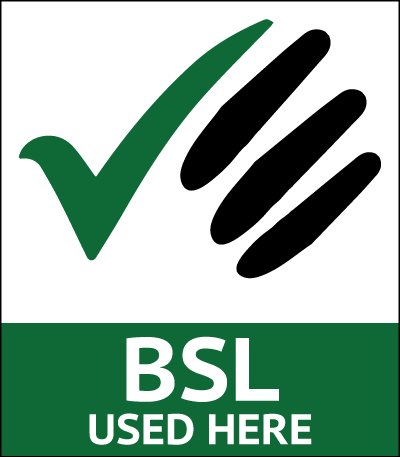North Wales Emergency Services Promote “Blue Light Aware” Content
PostedWould you know how to react to an emergency services vehicle on a “blue light” journey? North Wales Police, North Wales Fire & Rescue Service and the Welsh Ambulance Service NHS Trust are helping to promote educational content for road users.
If there was an emergency situation where your friend or family member was in danger, you would want the emergency services to get to them as soon as possible. Every day the police, ambulance and fire service respond to emergency calls. They use blue lights and sirens to reduce their journey times to reach the scene as quickly and safely as possible.
For emergency service responders, the biggest problem they face when attending these calls is motorists who panic when they see blue lights or hear a siren.
North Wales Police, North Wales Fire & Rescue Service and the Welsh Ambulance Service NHS Trust are helping to promote the Blue Light Aware website which contains advice and videos to help motorists know what to do when an emergency vehicle is trying to pass them.
Here are some top tips from Blue Light Aware:
- Stay calm!
- Look for somewhere safe to move left and stop.
- Keep going on the approach to a bend or the brow of a hill then pull over when there’s a better view ahead.
- Stay out of bus lanes.
- Keep off kerbs, pavements and soft verges.
- Don’t block views of traffic islands or pedestrian crossings.
- Don’t stop near traffic islands.
- Don’t break the law by going through a Red traffic light, however helpful you’re trying to be.
- Keep an eye out for more than one emergency vehicle and check before you move off again.
The Blue Light Aware website contains useful videos with information on how to react to emergency vehicles in various traffic situations such as motorways, traffic lights, solid white lines, roundabouts and junctions.
Chief Driving Instructor for North Wales Police Peter Coole said “The cooperative use of the available road space is essential to allow Emergency Service Vehicles to respond to incidents swiftly and safely. Good observations and mirror use are the most effective way to maintain an all-round awareness.”
Dermot O’Leary, the Welsh Ambulance Service’s Acting Locality Manager in Conwy and Denbighshire, said “In an emergency situation like a cardiac arrest, every second counts, and poor choices by motorists could delay the response to those in need.
“It’s easy to panic when an emergency vehicle is approaching on lights and sirens, but our crews are highly trained to safely pass other motorists.“The public can help by remaining calm and remembering those key tips, like looking for somewhere safe to move left and stop.“Our control room will often send multiple crews to a job, so a really important tip from us is keeping an eye out for more than one emergency vehicle before moving off again. Staying vigilant on the roads could make all the difference to a patient in need.”
Mark Jat, Incident Command and Driving School Manager for North Wales Fire & Rescue Service said “If you ever need the emergency services, you will want drivers to make way for them so they can get to you - so please help us help you by informing, educating and spreading the word.
“Our priority is to protect our communities - and by taking on board the advice from Blue Light Aware, drivers can help us to keep everyone safe.”
Neil Worth, chief executive of GEM Motoring Assist who produced the Blue Light Aware content said “As drivers, we all want to help and do the right thing when there’s an emergency vehicle approaching. The Blue Light Aware videos offer straightforward advice from familiar situations that we believe constitutes vital knowledge for all drivers.
“If we are better able to understand what emergency drivers want us to do – and what they want us not to do – then we will be much better placed to react early to their presence and minimise any delay or risk.
“We thank our colleagues in North Wales for their support and wish them every success as they work to share this potentially life-saving information with road users in the region.”
By remaining aware and observant, motorists get more time to anticipate and plan. This greatly reduces risks to both members of the public and the first responders and may even help to save a life.
Visit the Blue Light Aware website here - UK emergency services awareness resource | Blue Light Aware

